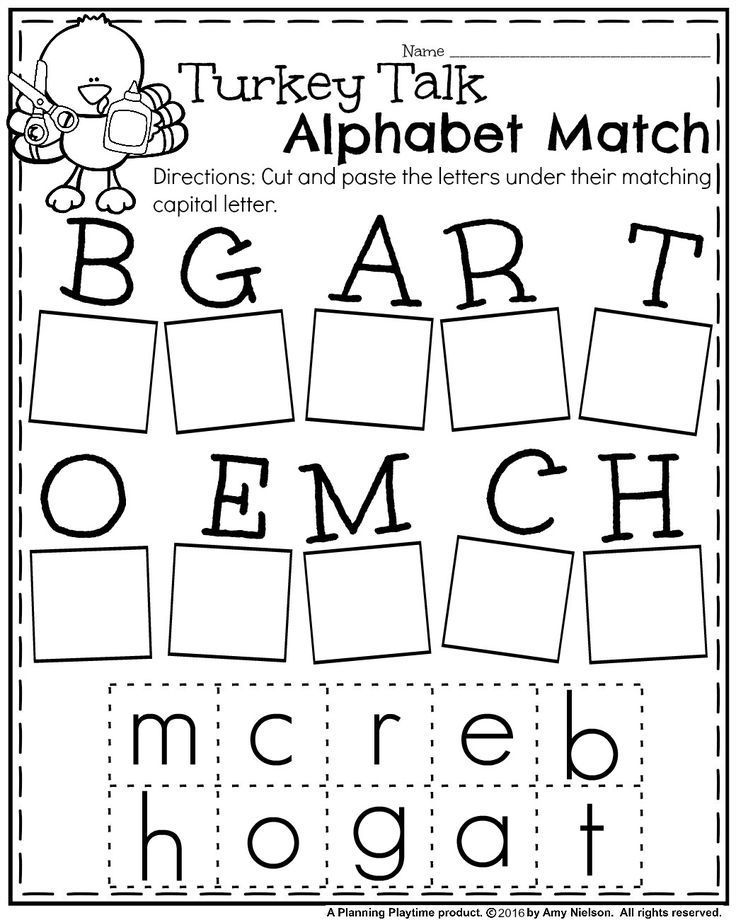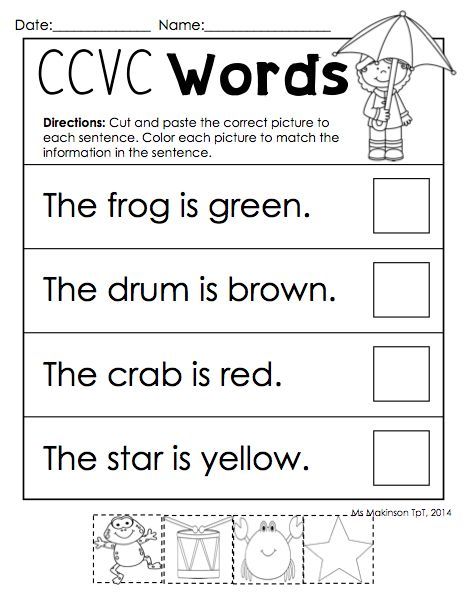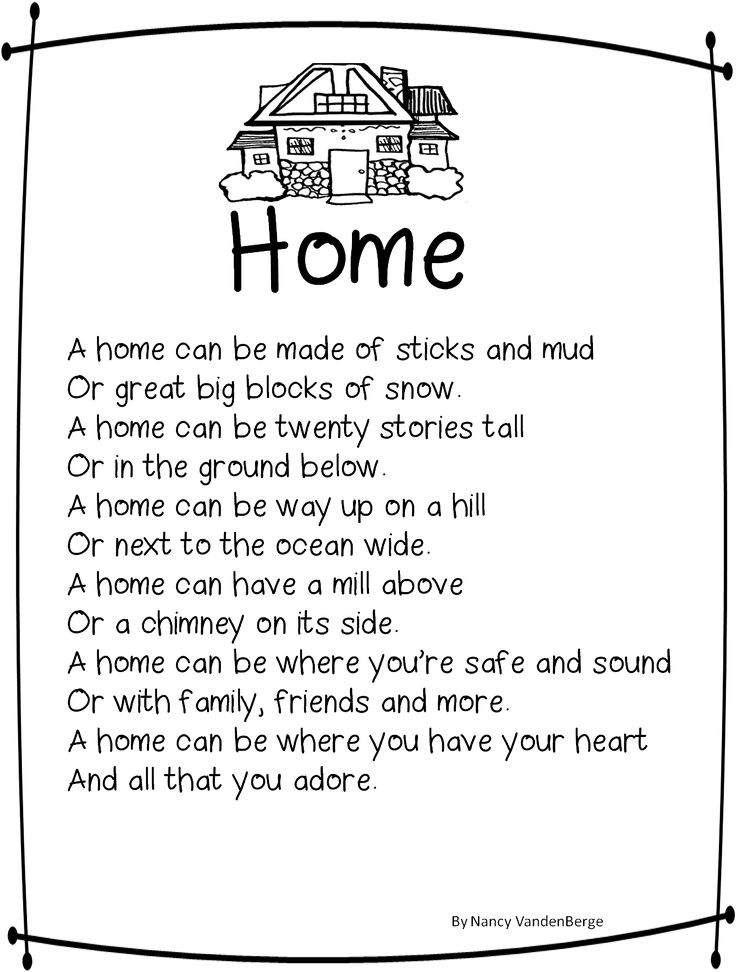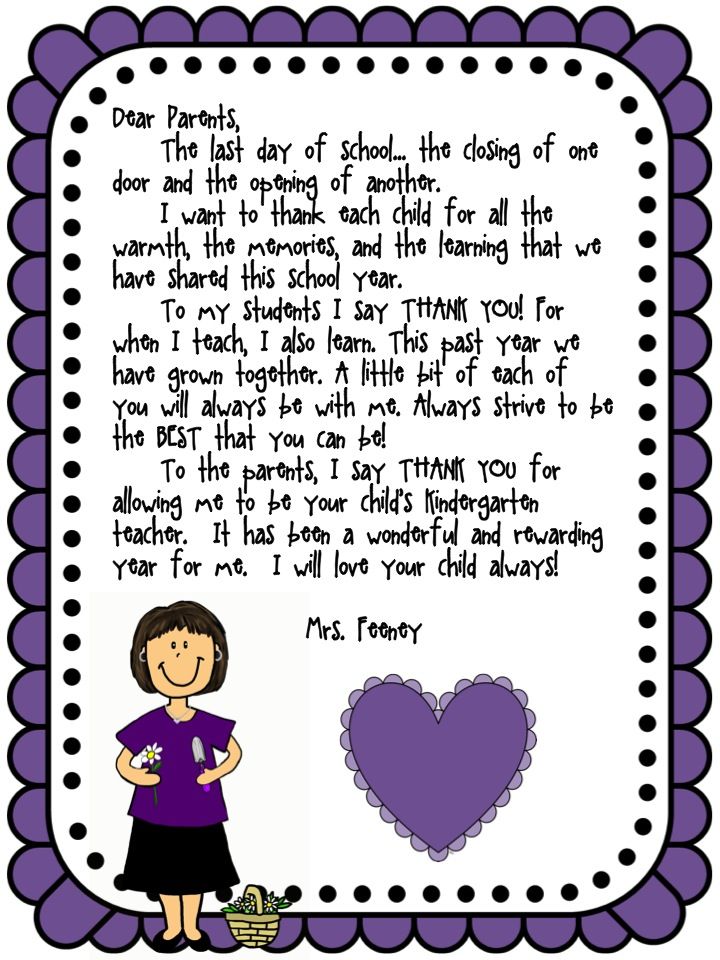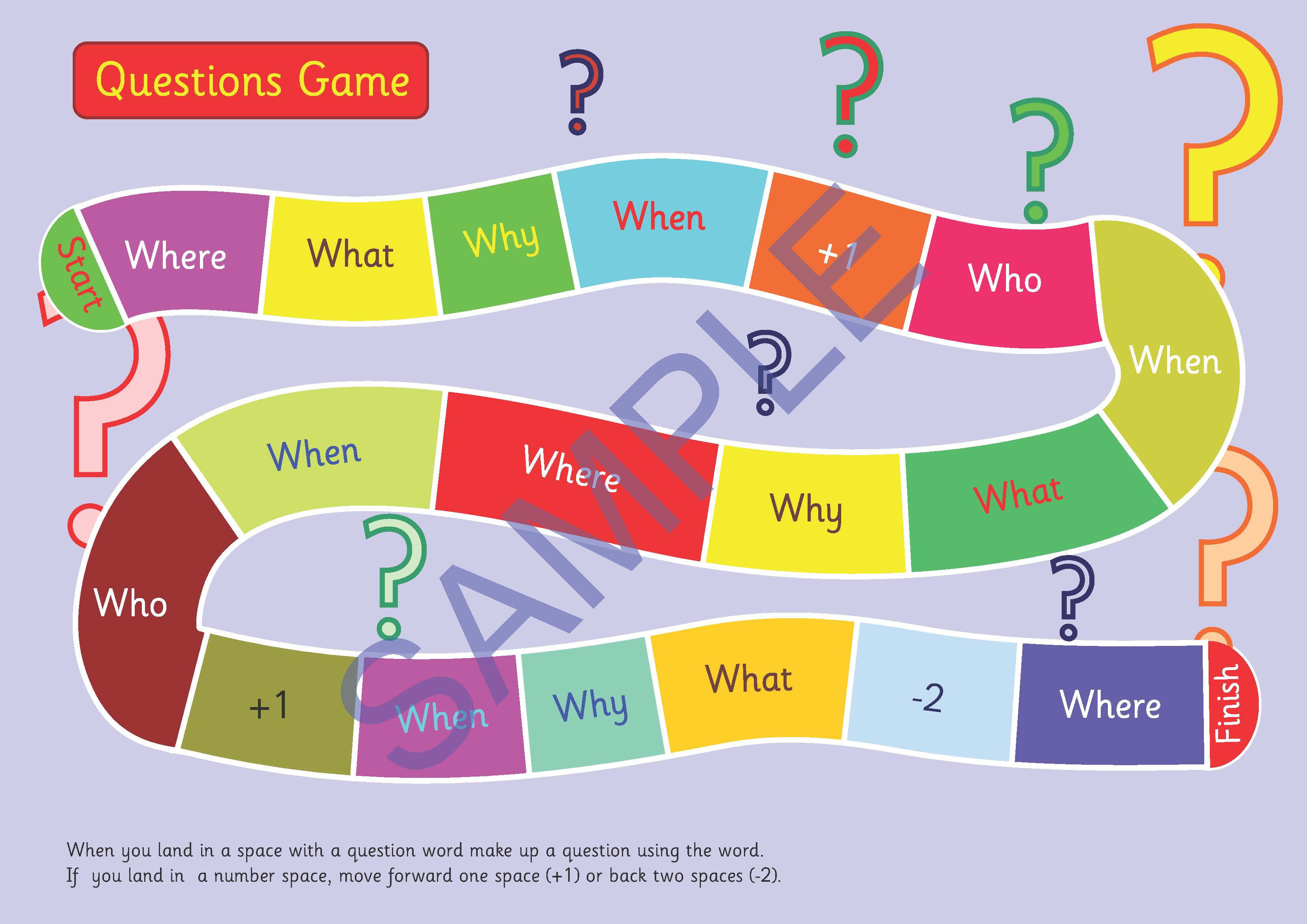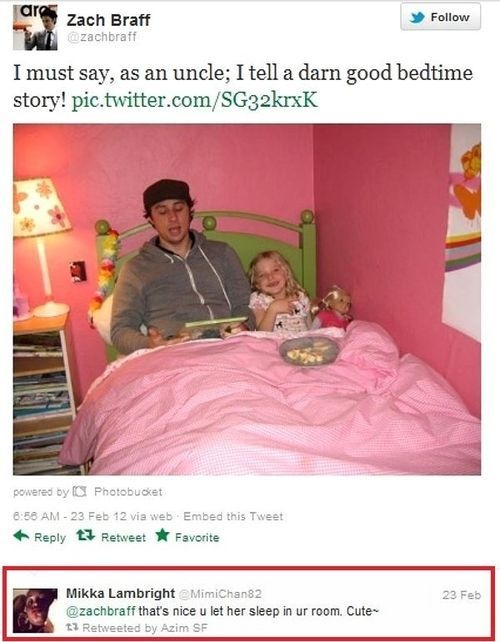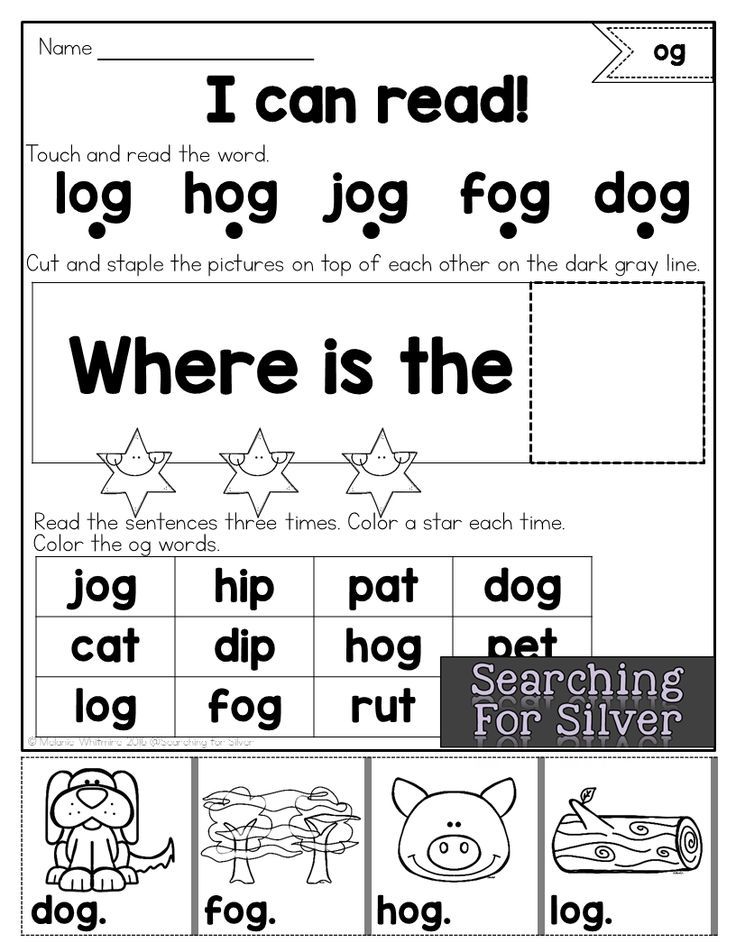Teaching alphabet for kids
8 Simple Tips for Teaching Kids the Alphabet – Learn at Cornerstone
As parents, we know how important it is for children to learn and be able to recite the letters of the alphabet. This skill is an essential foundation for reading and writing. How can we help kids learn their ABCs quickly and effortlessly? Here are some tips for teaching the alphabet in fun and engaging ways.
Teach the name and the simple sound of each letter
When it comes to teaching kids the alphabet, remember that there is no wrong or right way. You may prefer to teach your little one the letter names along with their sounds at a pace that’s suitable for them.
With all of the letters that children need to learn, this method can make it less confusing. It can also help them associate each letter with its sound more quickly.
Teach uppercase letters before lowercase
Lowercase letters make up the majority of the text, which is why many parents tend to teach them first. However, the main benefit of teaching uppercase letters first is that they can be visually distinguished more easily. They are also easier for youngsters to write because of their simpler curves and straight lines
Introduce the complex sound of each letter
The English language has 26 letters and 44 sounds, meaning certain letters can have more than one sound. Here’s how you can introduce them:
- Teach short vowels before long vowels. For example, teach the U sound with “cub” (simple) and then “cube” (complex)
- Start with a one-letter consonant, followed by blends (for example “bl” and “sp”), and finally diagraphs (for example “ph” and “th”)
Provide alphabet printables
Using simple and straightforward alphabet practice sheets helps reinforce your child’s knowledge because of how they are structured. Aside from helping your child develop letter recognition skills, the nature of these activities also enhances your child’s hand-eye coordination and fine motor skills.
The internet offers tons of free and paid printables to help kids learn the alphabet.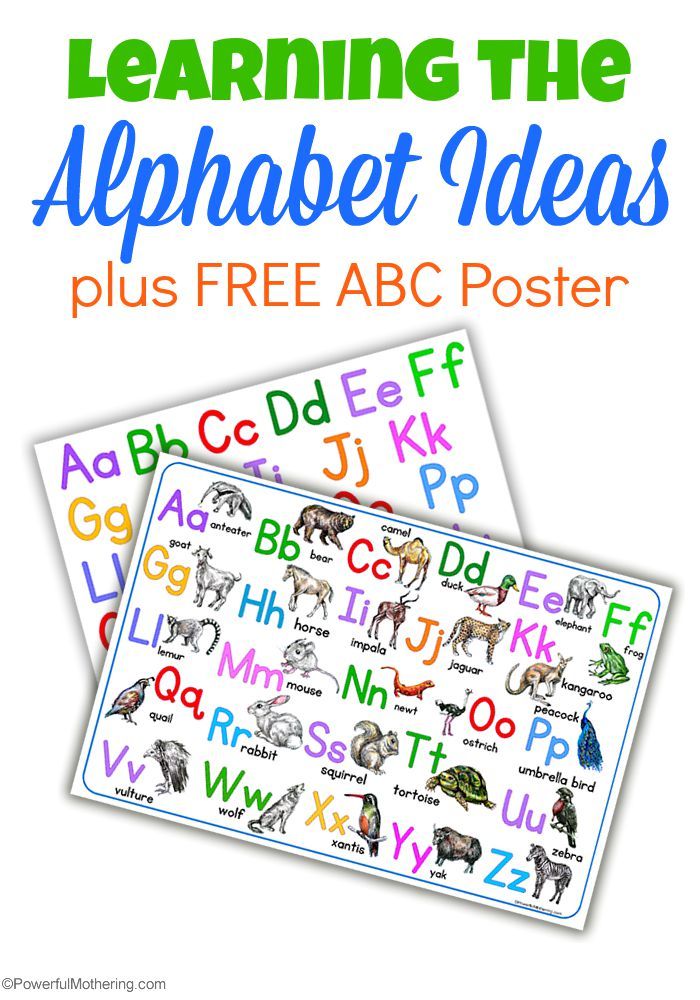 Unique and colorful activities are available to keep your child engaged.
Unique and colorful activities are available to keep your child engaged.
Read alphabet-themed books with your child
You can start reading alphabet books to children as young as babies. Repetition helps children familiarize themselves with the alphabet from a very young age.
Alphabet books are the usual go-to for parents when teaching letters. By just visiting a bookstore or your local library, you’ll have tons of great choices. The versatility of ABC books will also let you focus on a broad range of literacy skills.
Use memory devices
Make the learning process fun for your child by using different memory devices. Here are a few examples:
- Use alphabet formation rhymes such as this: “Straight line down, then around the tree, around the tree, makes the letter B!”
- Use corresponding pictures or keywords for each letter that you’re teaching.
- Combine sounds and actions. For example, when teaching the letter A, say, “Ahhh,” as you bite an apple.
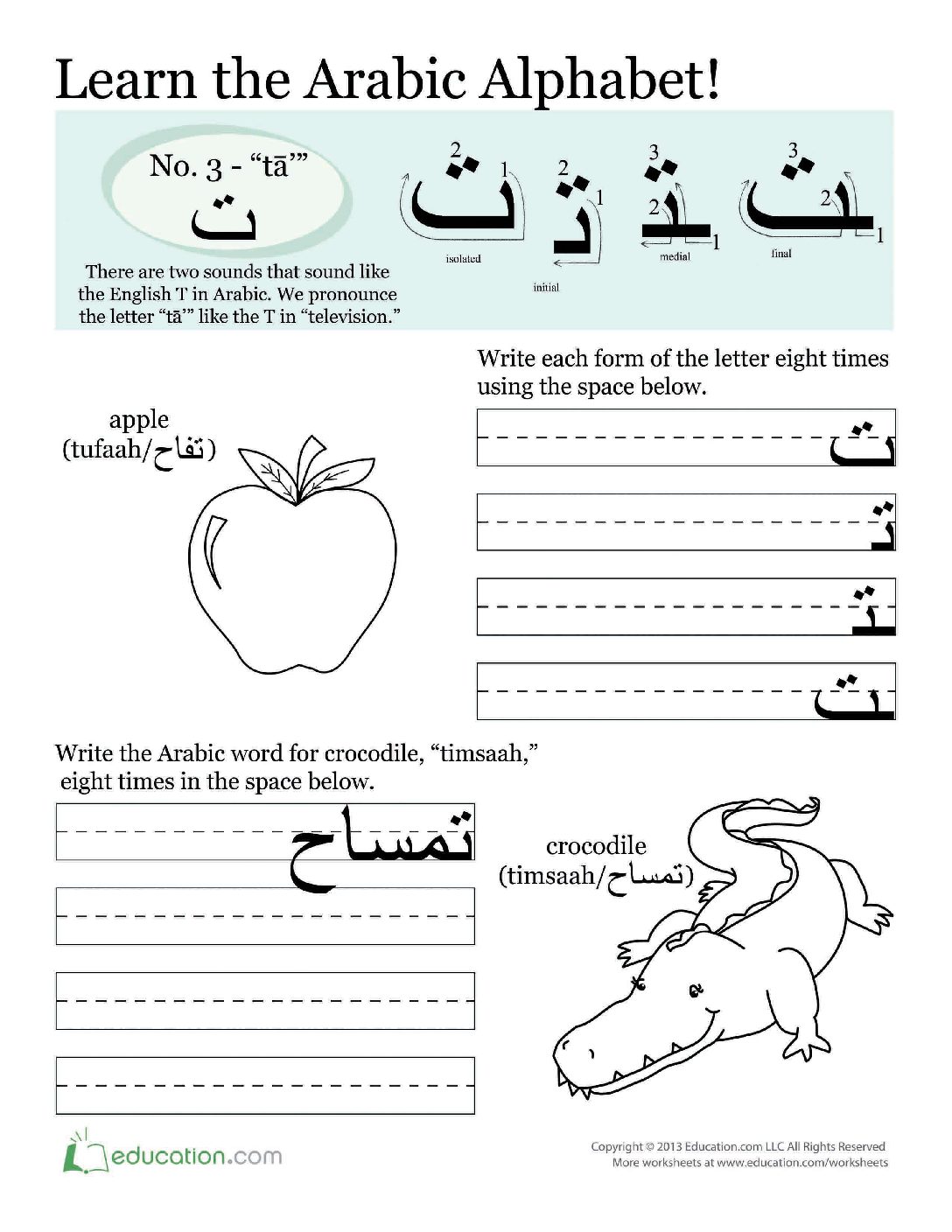
Play multi-sensory activities with your child
Sensory learning activities use one or more of the different senses to enhance learning. These activities boost the learning experience because children are stimulated in multiple ways.
Some kids learn quickly, while others may require more time and repetition to learn the alphabet. Children tend to learn best when parents incorporate multi-sensory activities when they teach the alphabet.
Here are some activities you can do:
- Taste: When teaching the letter B, grab some bananas and let your child take a bite.
- Smell: Play a guessing game. When teaching the letter O, blindfold children and let them smell an orange. And then ask what the mystery fruit is.
- Touch: Use a sensory bin for teaching the alphabet. Here’s a video that demonstrates the activity.
With multi-sensory activities, you create meaningful playtime for children as they learn the names and sounds of each letter.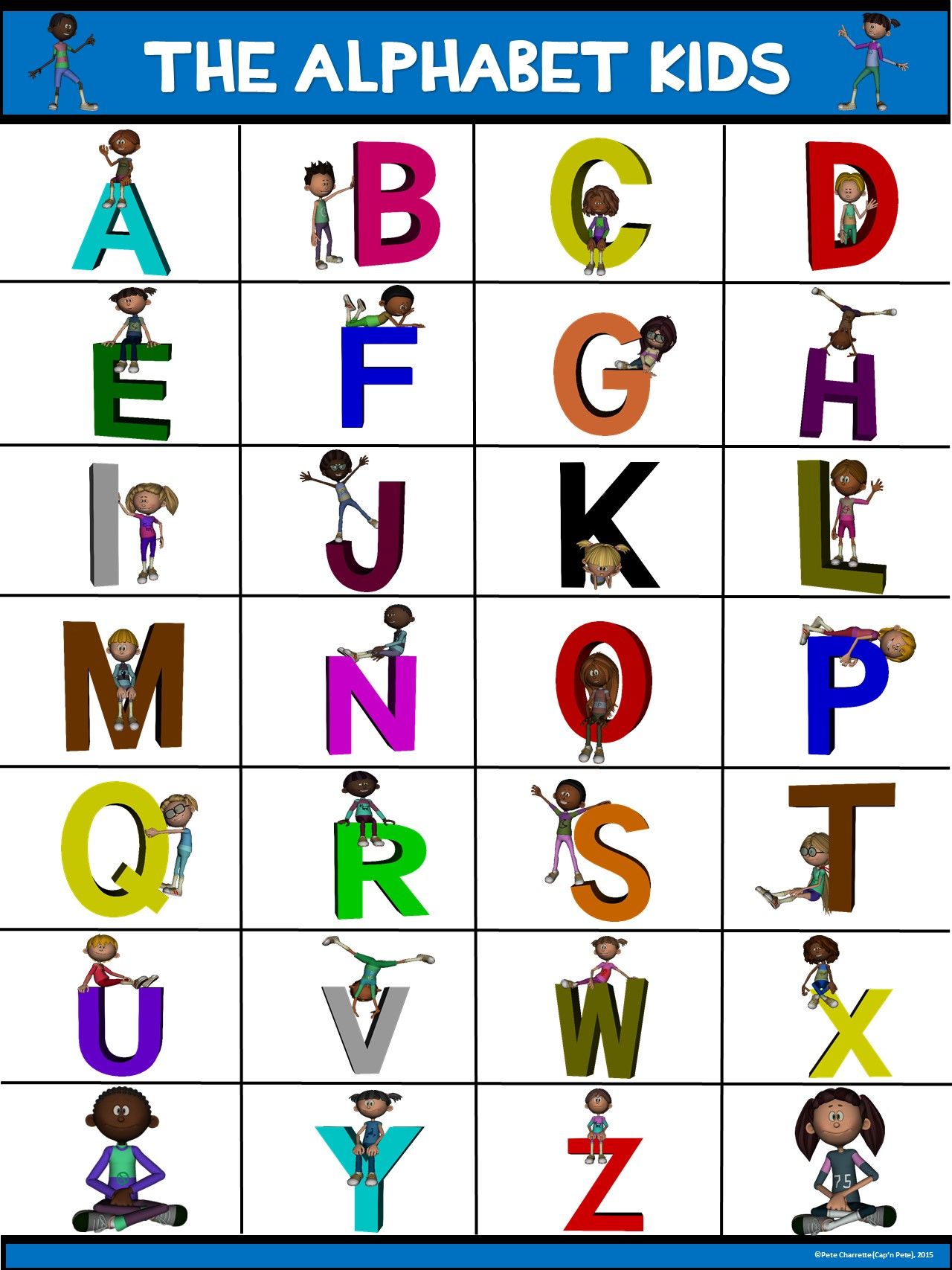
Practice the alphabet with your youngster throughout the day
Observe the things around your home, and incorporate them into various activities that enable your child to learn individual letters or the entire alphabet.
A simple activity is to have children find an object in your home that starts with a specific letter. You can also play a game called “I spy with my little eye” using letters instead of colors. Or, simply ask them to sing the ABC song while they wash their hands.
There are so many opportunities to learn the alphabet at home!
We use a variety of fun and exciting activities when teaching the alphabet to your little ones. Call Cornerstone Learning Center for more information!
5 Ways to Teach the Alphabet
Disclosure: This post contains affiliate links to Amazon. See my disclosure for details.
Teaching the alphabet is foundational for reading and writing. Around the age of 2, children begin showing interest in learning alphabet letters. While some kids learn letters very quickly, others need more repetition and time to learn letters. Today I’m going to share with you some of my favorite ways to teach the alphabet to little ones.
While some kids learn letters very quickly, others need more repetition and time to learn letters. Today I’m going to share with you some of my favorite ways to teach the alphabet to little ones.
Here’s what a preschooler should know before kindergarten:
- Recite/sing the alphabet
- Identify uppercase letters
- Identify lowercase letters
- Match uppercase letters to lowercase letters
- Identify the sounds each letter makes
- Traces letters
- Write some alphabet letters
Here are my five favorite ways to teach the alphabet to children.
1. Read Alphabet Books
Read all sorts of alphabet books to your children, even starting as babies. The repetition will really help your child learn the alphabet at a young age. When my oldest was born, I was surprised at how many alphabet books we had been given as gifts. We loved reading all of them because they were different from each other. I found that around 18 months both my kids really started enjoyed reading alphabet books. Here are a few of our alphabet books:
I found that around 18 months both my kids really started enjoyed reading alphabet books. Here are a few of our alphabet books:
Here are some of our favorite alphabet books.
The Three Bears ABCChicka Chicka Boom Boom (Board Book)Eating the AlphabetThe Farm Alphabet BookG is for GoatHarold’s ABC (Purple Crayon Book)I Stink! (Kate and Jim Mcmullan)Bad KittyThe Letters Are Lost!AlphaOops!: The Day Z Went FirstZ Is for Moose (Booklist Editor’s Choice. Books for Youth (Awards))Q Is for Duck: An Alphabet Guessing GameABC T-RexWork: An Occupational ABC
2. Sandpaper Letters
Using sandpaper letters is a great way to introduce letters to children. My favorite ones are Didax Sandpaper Tracing Letters or School Supply Tactile Letters Kit. This is a perfect pre-writing activity because children use their finger to trace the sandpaper letters. I love that the cards tell the child where to start and which direction to go.
Sandpaper letters are part of the Montessori approach to learning how to read.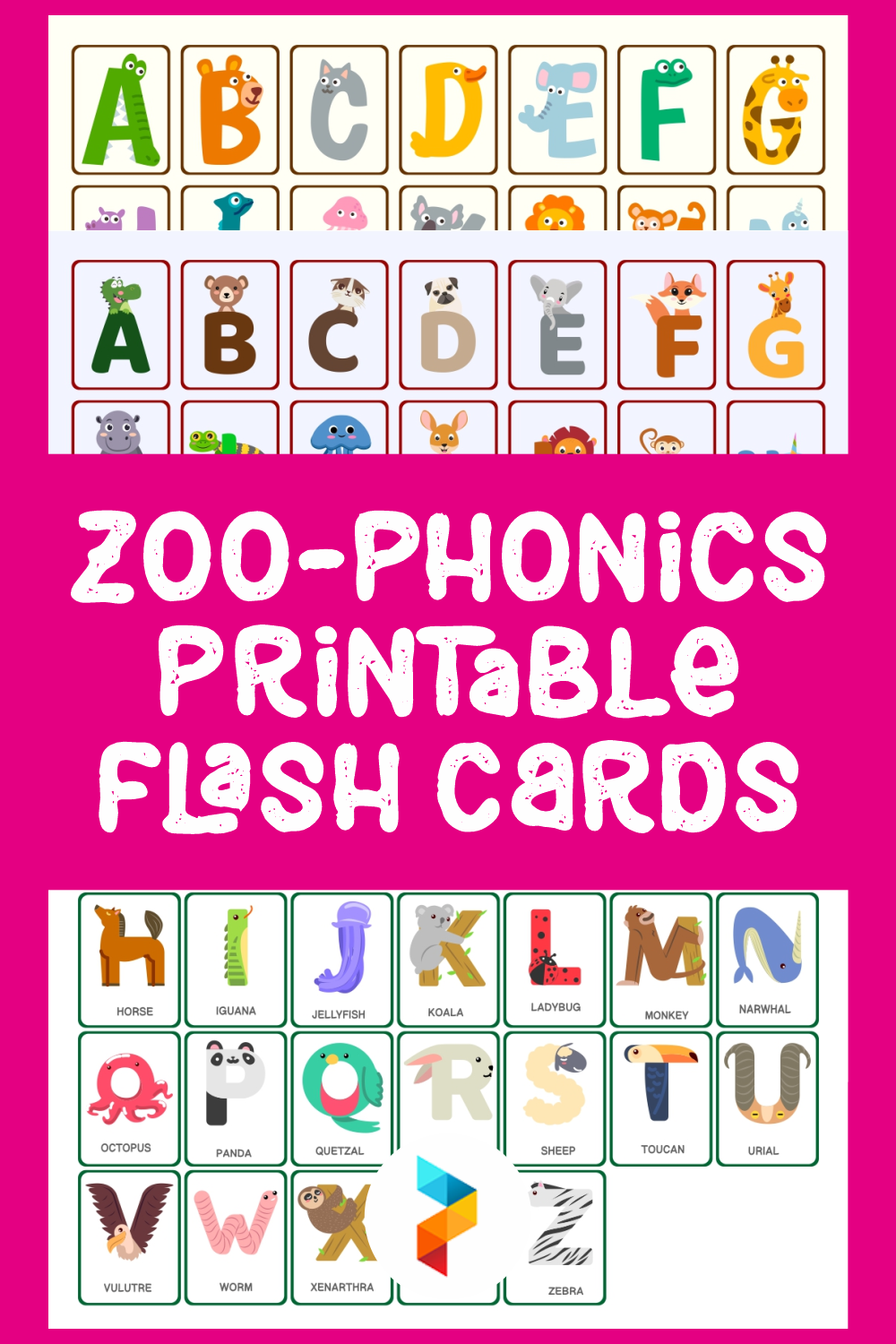 These letters provide a tactile and visual way to help children learn the alphabet. In the Montessori method, you teach letters to a child in the 3-period lesson.
These letters provide a tactile and visual way to help children learn the alphabet. In the Montessori method, you teach letters to a child in the 3-period lesson.
1st period is introducing the letter (“this is” period). Show your child the letters. Have them trace the sandpaper letters. The best way to teach children alphabet letters is by telling them their phonetic sound. So each time they trace the letter, say the phonetic sound.
2nd period is association (“show me” stage). Ask your child to follow simple directions with the letters. For example, please pick up the /m/ and set it by the window. Continue to do this with each letter several times to reinforce this. If it is too difficult, return to the first period.
3rd period is recall (“what is this?” period). Only go to this period when they’ve mastered the other two periods. Put a letter in front of the child and say “Can you trace this and tell me what it is?” Continue with the other letters in the same way.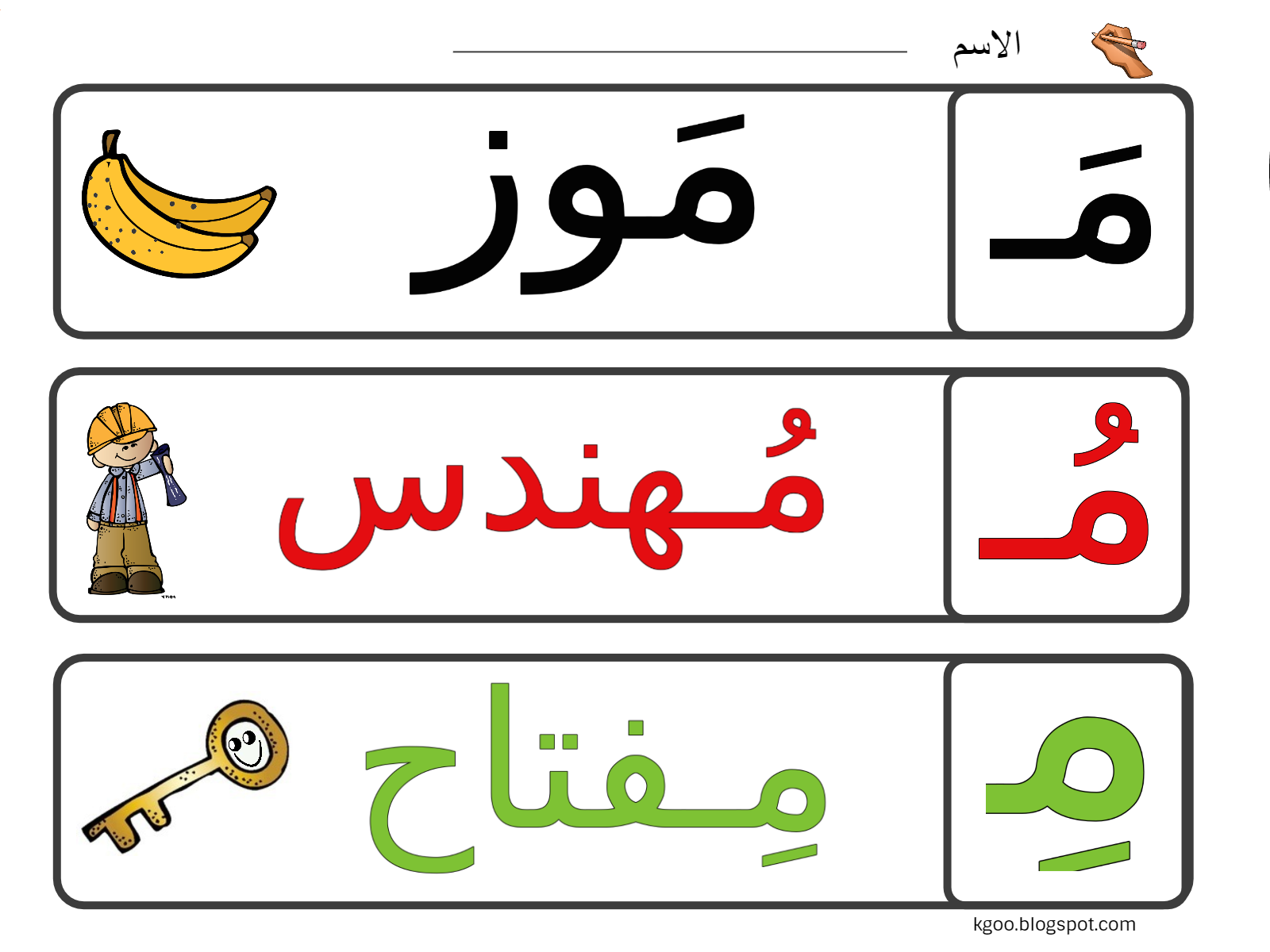
When you use these sandpaper letters, you are teaching them 3 things: the shape of letters, the feel of its shape and how its written, and how you pronounce its sound.
3. Alphabet Puzzles
I think teaching letters with alphabet puzzles are an amazing tool for teaching the alphabet. This is my favorite puzzle, from Melissa and Doug. It’s a beautiful wooden puzzle with neat pictures. This is a great way to practice vocabulary and verbal skills, too.
4. Sensory Activities
While some kids learn letters very quickly, others need more repetition and time to learn letters. I’ve always said that children learn best when they have many multisensory experiences with letters.
I love to incorporate sensory play into learning alphabet letters. When children have meaningful activities with repeated exposure, they start to pick up on letter names. One way is this alphabet ice excavation activity.
You could also make a colorful sensory bin!
Or practice writing letters in the sand, like this sensory writing tray.
5. Alphabet Printables
I have quite a few alphabet printables on my blog, but here is a set that is easy and fun for preschoolers. You will need Do a Dot Markers or dot stickers to fill in the circles.
I love pulling printables out for a quick and easy activity. I’m always advocating for hands-on learning, but sometimes it’s nice to do a few paper activities. Using Do a Dot markers or dot stickers is great for hand-eye coordination and fine motor skills.
If you’d like to download this printable, just click the button below.
5 Ways to Learn the Alphabet Quickly and Easily with a 3-6 Year Old Child – Somersault
Before learning the alphabet with a child, it is important to understand what you are not going to do. Namely, learning to read. This is a more complex skill, so it is worth putting it off until the time when the child gets acquainted with all the letters and will confidently recognize them and write on their own. Until then, put off the alphabet and reading by syllables.
Until then, put off the alphabet and reading by syllables.
In this article, we have put together the basic principles to quickly learn the Russian alphabet with a 3-6 year old child in a playful way. For all games with letters, you can use plasticine, paints and any improvised means or magnetic letters - they will easily attract the attention of the child.
Contents:
- Learn the Alphabet Easily: Basic Principles
- 5 ways to learn the alphabet with your child
- From alphabet to reading
How to Learn the Alphabet Easily: Basic Principles
Each child can find an easy way to learn the alphabet that suits him or her, but there are basic principles that are important for all children. If you do not follow them, study will turn into drill and the child is unlikely to ever love to read. Here are a few such principles on how to properly learn the alphabet for a child.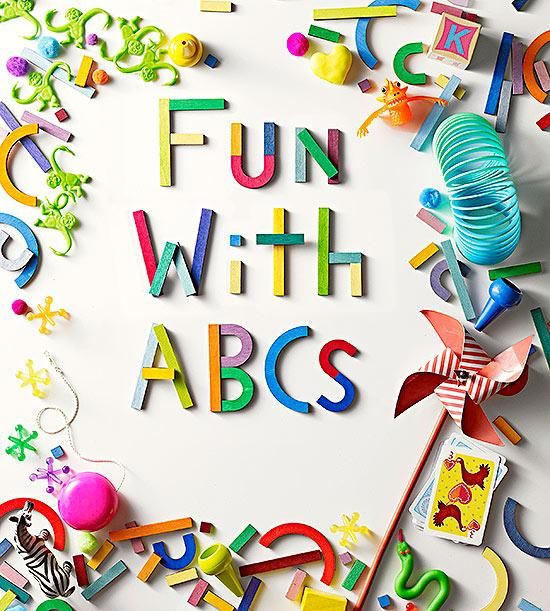
- Learn sounds first, not letters . At the first stage of learning, it does not matter how the letters in the alphabet are called correctly. Now only sounds are important for the child - "d", and not the letter "De". The names of the letters will only confuse the child, who first needs to learn to recognize the shape of the letters and their sound.
- Not learning the alphabet in the correct sequence . Until a child goes to school, it is of no use to him to know how the letters are arranged in the alphabet. This information will only distract him from what is really important: how the letters look and sound. The sequence of the alphabet can be learned later or even at school, where this knowledge will be tested by the teacher.
- Do not turn learning into a lesson . Learning from call to call is difficult even for children at school, let alone a baby. Therefore, all learning should take place in a playful way and not for long: 5-7 minutes a day to get acquainted with the letters will be enough.
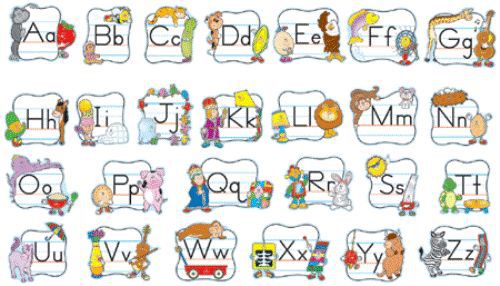 Gradually, this time can be increased, especially if the child likes the proposed games with letters.
Gradually, this time can be increased, especially if the child likes the proposed games with letters. - Use material objects . At the age of 3-6 years, the child learns the world by touch and taste. It is difficult for him to work with abstract letters spoken aloud. Therefore, it is better to stock up on plasticine and paints and create letters that are more understandable to the child and can be touched. Such a game for children will allow the child to learn the letters of the alphabet and he will recognize them in different forms regardless of what they are made of.
- First vowels, then consonants . Vowel sounds are easier to pronounce, so it's worth starting with them.
The main thing is not to force anyone. If you see that the child is inquisitive, enjoys exploring the world and is ready to learn, you can move on to learning letters and the alphabet. So the child will be happy to learn the alphabet in a playful way and gradually learn to read. So that the game is not abstract, you can use the magnetic letters TUMBLING.
So that the game is not abstract, you can use the magnetic letters TUMBLING.
5 ways to learn the alphabet with your child
1. Use an interesting topic to study
Use your child's interest to spur his motivation to learn. For example, if your kid is crazy about cars, let them be the topic in which you learn the alphabet. Use any words related to cars:
"A" - bus
"B" - trunk
"C" - driver, etc.
You can show cars and their parts, draw or sculpt from plasticine. It is important that the child's focus shifts from learning to doing what they love. Additionally, the method will help expand vocabulary and knowledge about the world.
2. Cross out a letter of the alphabet in the list
Fill in a small square with arbitrary letters. The task is to cross out only the letter that you are studying. This will help the child focus on one letter and not get distracted by the ones he doesn't remember or don't know.
3. Pulling the letters of the alphabet out of the pouch
The soft-touch magnetic letters are perfect for this method. Put the letters in a bag and give the child the task, without looking, to pull out only the letter that you thought of. Let there not be too many letters in the bag, otherwise the child will get confused. 6-7 pieces will be enough. To start, use letters that are very different in shape, such as "O" and "M". Gradually, the complexity can be increased and searched among similar letters, for example, "K" and "X". Don't forget to praise and encourage your child. You can alternate the learning process with desktops.
4. Recognize letters of the alphabet by ear
You pronounce a word, and if it contains a hidden letter, the child claps his hands.
With this game for kids, you can learn individual letters or the entire alphabet. For example, you name a word, and the child inserts its first letter into the insert frame.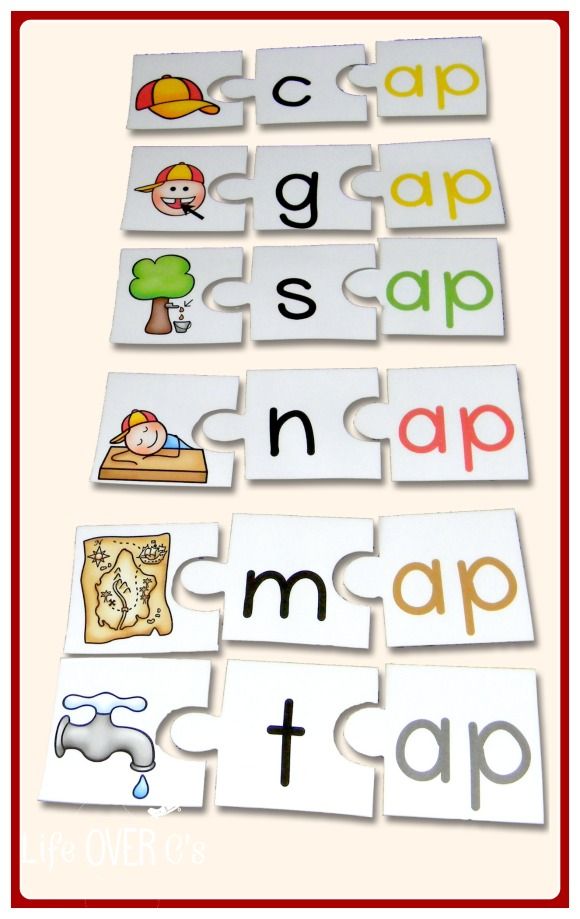 To stimulate your child's interest, you can use only words from his favorite topic, for example, the names of animals.
To stimulate your child's interest, you can use only words from his favorite topic, for example, the names of animals.
5. Guess words starting with the first letter
You choose one letter and think of a word that starts with that letter. For example, the letter "Z":
- What is this animal with big ears and loves carrots?
- Hare!
This game form is again suitable for learning individual letters or the entire alphabet. If you learn only one letter, the child gets used to quickly recognizing it in different words. And if you give words with different letters, the child as a whole learns to understand with which letter they begin. With the study of the account and the English language will also help TUMBLING.
From the alphabet to reading
When a child learns the Russian alphabet, confidently recognizes all the letters in different words and can draw or mold them on his own, it is worth moving on to reading. Because you need to learn the alphabet just so that the child can read.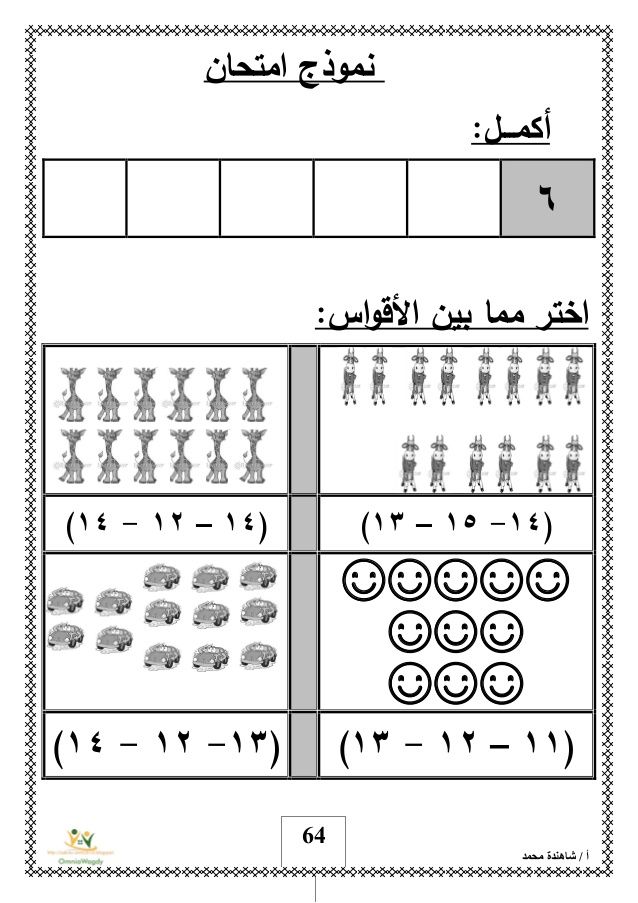 If knowledge is not used, it will hang as an extra burden, and by the time school will be forgotten. Therefore, you should not learn the alphabet too early: at 3-4 years old, a child is simply not interested in reading books in order to learn something new. He is more interested when his mother reads. Conversely, by the age of six, the child will be glad to have his own books to read them himself.
If knowledge is not used, it will hang as an extra burden, and by the time school will be forgotten. Therefore, you should not learn the alphabet too early: at 3-4 years old, a child is simply not interested in reading books in order to learn something new. He is more interested when his mother reads. Conversely, by the age of six, the child will be glad to have his own books to read them himself.
How to learn letters and the alphabet with a child aged 3-6
Do you want to know the most effective way to teach your child letters and learn the alphabet in the shortest possible time? With our recommendations, it will not be difficult for you to teach your child the alphabet at 3-6 years old. In just a month of short lessons, you can learn vowels and consonants with your child and start reading.
www.fullhdoboi.ru
Why teach your child the alphabet
Before introducing your child to the letters of the Russian alphabet, answer yourself the question WHY you want to do it right now. Is your child 5 or 6 years old and you want to prepare him for school? He is 2 years old and you want to show off the successes of the little genius to your friends and relatives? The kid is 3 years old and you want to "invest in him the maximum" in all ways available to you, so as not to miss the optimal moment for all-round development? What?
Is your child 5 or 6 years old and you want to prepare him for school? He is 2 years old and you want to show off the successes of the little genius to your friends and relatives? The kid is 3 years old and you want to "invest in him the maximum" in all ways available to you, so as not to miss the optimal moment for all-round development? What?
Of course, you can teach your child the alphabet at any age. You can show letter cards from the cradle, but... Let's put parental ambitions aside and focus on the object - the child. Why does he need to know letters? Right to read! Are you sure that right now he is READY to learn the basics of reading? Read what conditions are necessary in order to teach a child to read in our articles and only after that make the right decision:
- How to teach a child to read at 3 years old: pros and cons
- How to teach children 4 years to read
- How to teach a child to read in syllables
- How to teach a child to read well: methods of teaching reading
Any knowledge must be applied in practice.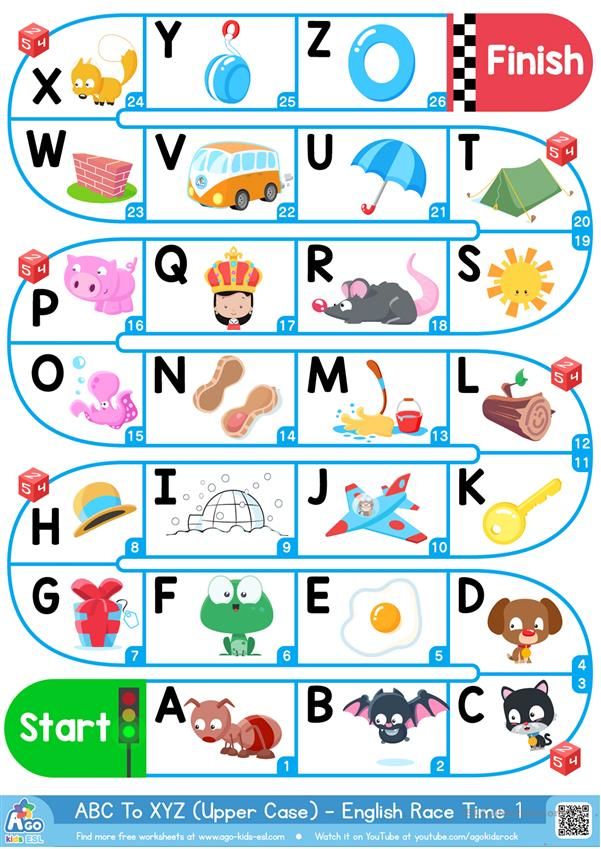 You must clearly understand that the study of letters and the alphabet is teaching the child to read. Otherwise, there is no point, there are a lot of other effective ways to develop memory, thinking, speech. It is not necessary for this to learn letters with a one and a half year old malupas, who is not yet able to pronounce them correctly. If you start learning the alphabet too early, there is a high chance that the child will simply forget the letters by the time he is ready to learn to read. Or the second, more "terrible" moment. Having learned “be”, “ve”, “de”, the child will not be able to read, because other rules work when reading. To merge syllables and turn them into words, you need to pronounce sounds completely different. Relearning is always harder. Be careful with the choice of talking toys and books: they do not always pronounce the letters correctly!
You must clearly understand that the study of letters and the alphabet is teaching the child to read. Otherwise, there is no point, there are a lot of other effective ways to develop memory, thinking, speech. It is not necessary for this to learn letters with a one and a half year old malupas, who is not yet able to pronounce them correctly. If you start learning the alphabet too early, there is a high chance that the child will simply forget the letters by the time he is ready to learn to read. Or the second, more "terrible" moment. Having learned “be”, “ve”, “de”, the child will not be able to read, because other rules work when reading. To merge syllables and turn them into words, you need to pronounce sounds completely different. Relearning is always harder. Be careful with the choice of talking toys and books: they do not always pronounce the letters correctly!
happymama.ru
The knowledge of the alphabet alone will not give the baby anything. He will simply memorize it like a song or a rhyme, but this will not teach him to read.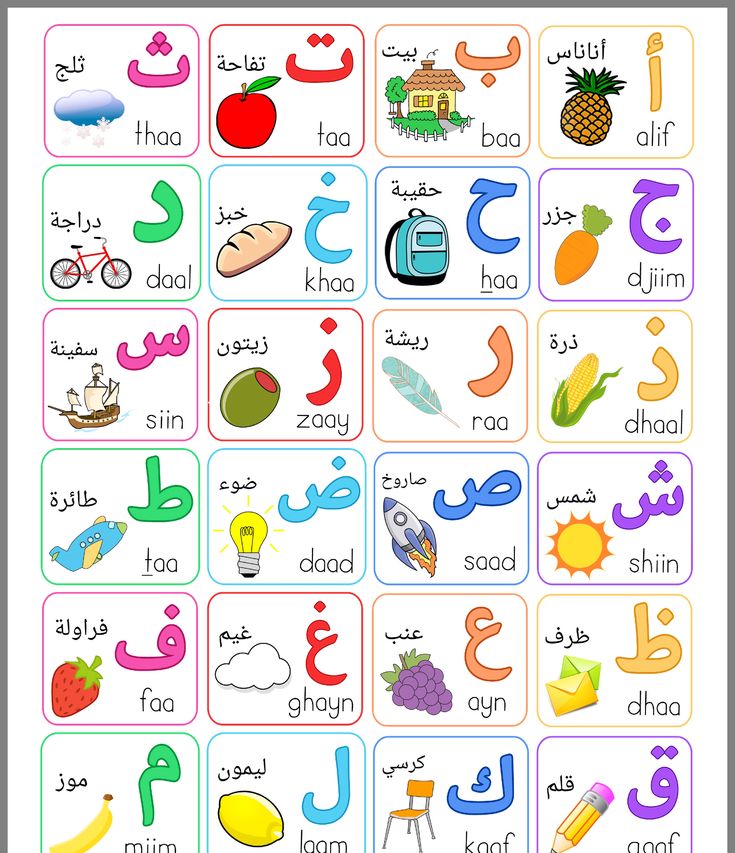 Therefore, leave the study of the alphabet for children 5-6 years old, who will need it at school, and with toddlers, just learn the letters without adhering to the alphabetical sequence.
Therefore, leave the study of the alphabet for children 5-6 years old, who will need it at school, and with toddlers, just learn the letters without adhering to the alphabetical sequence.
- The alphabet is not just all the letters, it's the letters in a CERTAIN sequence.
- The alphabet is the base of any language.
- The alphabet is the key to all dictionaries, reference books, encyclopedias and other documents where order and systematization are important.
- Knowing the alphabet saves time.
Learning letters: where to start
In what order to learn letters? Do I need to learn the alphabet? Start with vowels or consonants?
Let's be clear, so:
1. No need to learn letters in alphabetical order.
2. Do not learn letters mixed up: either vowels or consonants.
3. First, learn the 10 vowel letters with your child.
We wrote in detail about how to learn 10 vowels in 5 lessons.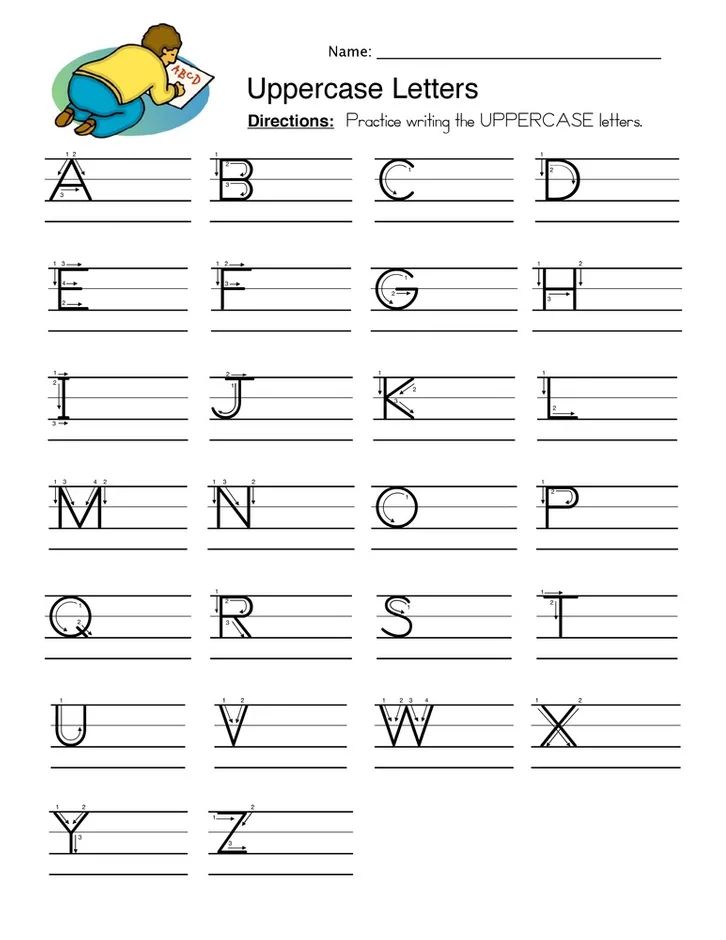 The technique is really very effective and simple. Any mom will do.
The technique is really very effective and simple. Any mom will do.
4 . Consonants are best taught after vowels.
5. Name the sounds, not how the letter is pronounced in the alphabet.
Why is it important to learn 10 vowels well?
Practice shows that children who read poorly stumble because they forget how to read vowels. So that the child does not “stumble” while reading, take your time learning the letters. At the initial stage, pay attention to the vowels: how they are pronounced, how they look in writing. And only after that go to the consonants.
How to teach a child the alphabet at 3-4 years old
If you decide to teach your child the letters at 3 years old, remember that nothing can be done by force, only games, only entertaining exercises and NO FORCE. These recommendations are relevant for any age, because you do not want to develop a reluctance to study and go to school in the future.
- Don't expect your child to memorize many letters at once.
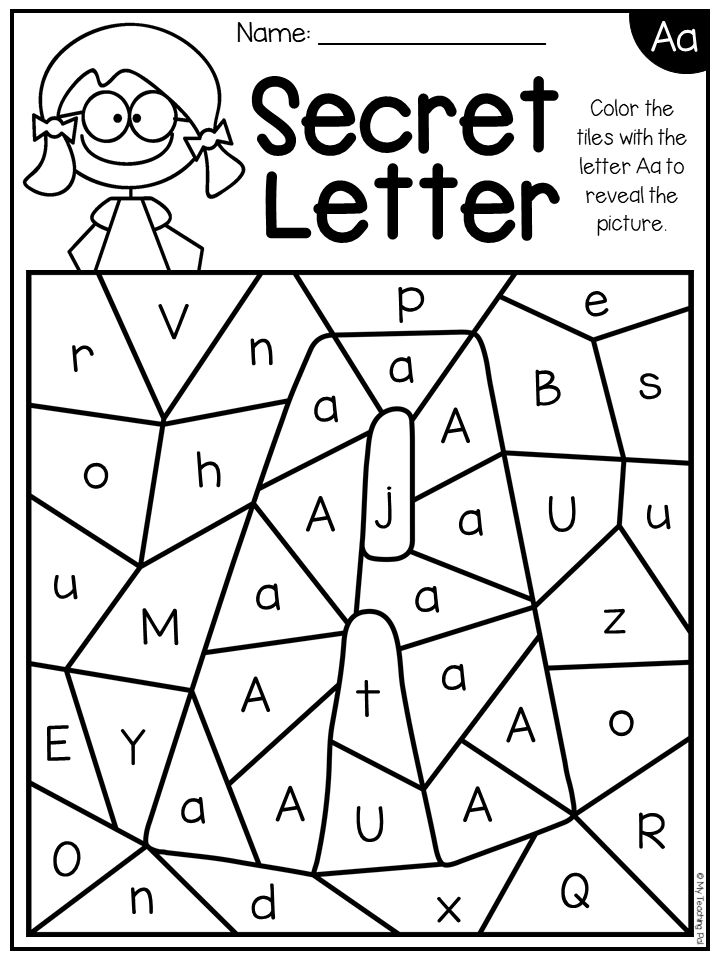 Do not aim to learn the entire alphabet, it will take time.
Do not aim to learn the entire alphabet, it will take time. - Twice a week give your child new material, and on other days repeat and reinforce what has been learned.
- With a child of 3-4 years old, it is enough to do 2-7 minutes a day.
- Learn vowels in pairs, so it will be easier for the child to remember: A - I, O - E, U-Yu, Y - I, E - E.
- Before introducing the child to consonants and starting to learn to read, make sure that the knowledge of all vowels is brought to automatism.
How to learn consonants: a game method
There are many more consonants than vowels. It will take more patience, effort and time to study them. But everything will work out if you strictly follow the recommendations and take your time.
Prepare a table. Each table has six rows. In the top line, write or print hard consonants in blue, soft consonants in green. In the rest of the lines, write short open syllables.
|
|
|
|
|
|
- Together with your child, sing songs of vowel sounds: in a rough low voice A, O, U, Y, E and a high thin voice Ya, Yo, Yu, I, E.
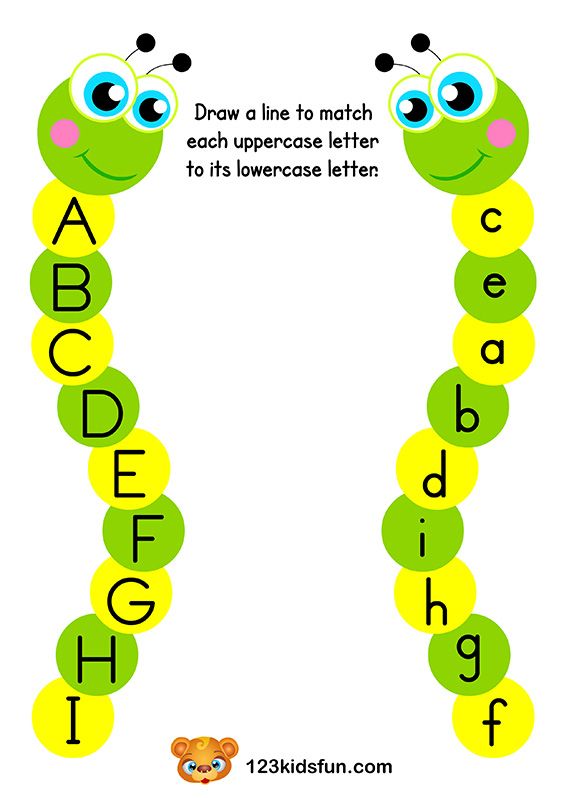
- Clearly pronounce the consonants in the top line of the table. In each lesson, work with 6 tables.
IMPORTANT! Make sure that the child and you yourself pronounce the consonants clearly, so that after them no extraneous vowels are heard Ы or I. E if the child gets used to speaking D s, C s instead of pure sounds D 9000, 50006 , then it will be incorrect to read.
The most difficult thing is to pronounce pure sounds B, C, D, D; B, B, G, D . The rest are easier, especially the deaf.
Teach a child to pronounce correctly Z and 3b, for example, very simple. Ask your child: “How big is a mosquito buzzing? Z-Z-Z. No, not Z s, but Z-Z-Z! Mosquito cannot speak Z s, he does Z-Z-Z . And how does a small mosquito buzz? 3b-3b-b .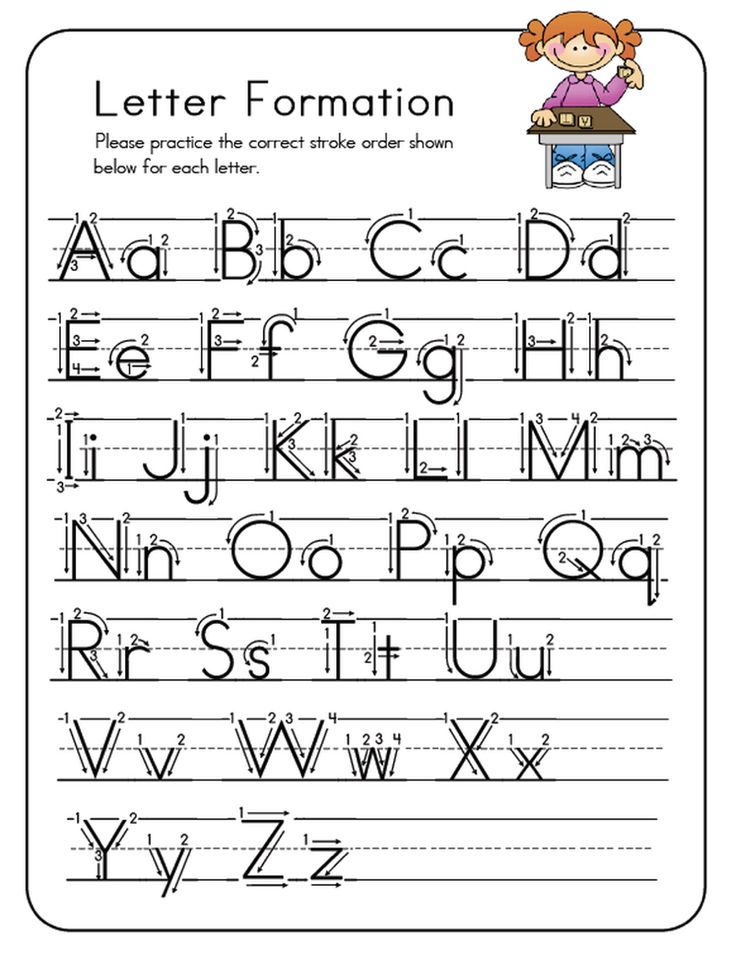 Mosquito cannot speak Z and, he does 3-3-3 . This is how we call these letters: З-З-З and ЗЗ-ЗЗ-З ".
Mosquito cannot speak Z and, he does 3-3-3 . This is how we call these letters: З-З-З and ЗЗ-ЗЗ-З ".
- Sing the syllables in the same way as you did with the vowels.
- Show the child the letter b in the tables and say that it is called a "soft sign". Remind him of her name from time to time.
The letter b does not indicate a sound, but only INDICATES the softness of the consonant.
- Write on a separate card. Name what this sound sounds like. Give examples of words that begin with this sound: iodine, yogurt, yogi.
The very name of the letter “ AND short” the child will learn later when he learns the alphabet. Remind your child of this letter from time to time by SPEAKING IT.
- Go back to these charts several times a day and sing the words together with your child.
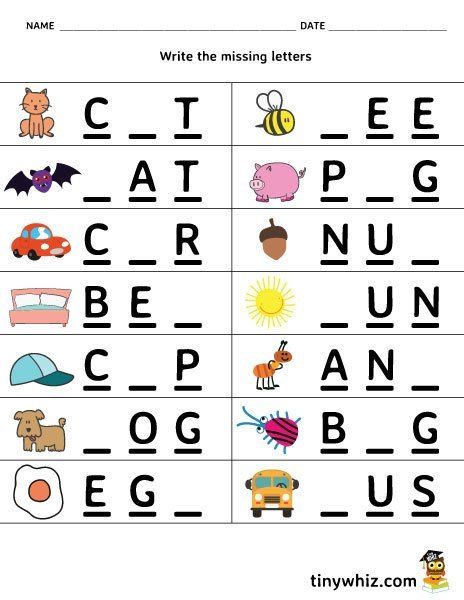 Do it regularly.
Do it regularly. - When you see that the child is doing everything right, replace 2 tables with two new ones.
|
|
The procedure is the same. Sing all 6 tables daily with your child.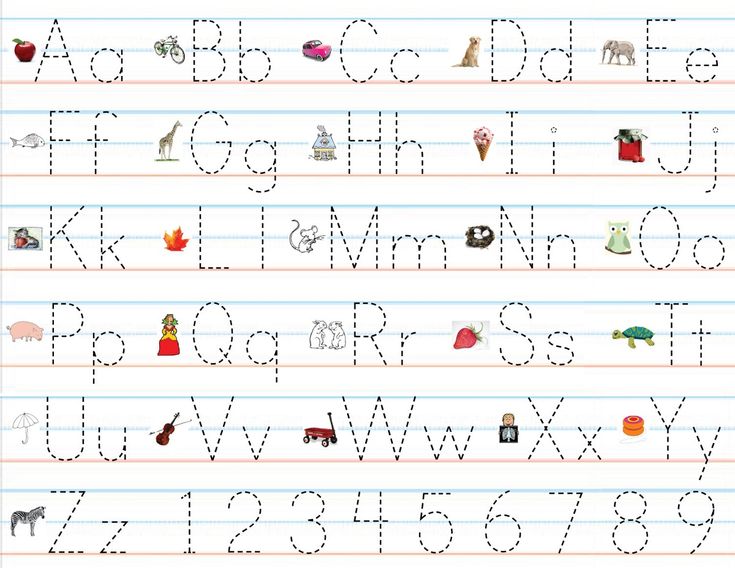 As a result, the child will repeat the old letters and learn 2 new letters.
As a result, the child will repeat the old letters and learn 2 new letters.
- Again, replace 2 tables with two new ones, and so on.
If you stick to the plan “new twice a week, repeat the rest of the day”, your child will learn 32 letters of the Russian alphabet in a month. With b you will introduce the child later when he starts to read and meets this letter in words.
IMPORTANT! The Russian language has twin sounds and warehouses: Zh-Zh, ZHO-ZhO, SH-SH, SHO-SH, Ch-CH, CHO-CH, SH-SCH, SCHO-SCHO, TSY-TSI . They are spelled differently, but they sound the same! Be sure to bring this to your child's attention.
How to teach a child the alphabet at 5-6 years old
The age of 5-6 years old is the best for learning the alphabet and learning to read. It is better when the child goes to school prepared. It is IMPORTANT only to prepare it correctly so that the teacher does not have to retrain, and the child does not have to suffer because of the inept actions of the parents or the compassionate grandmother who wanted "the best".